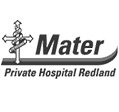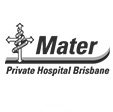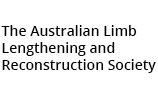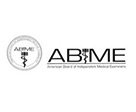Stage 2 - Hamstring and quadriceps control
Time Period:Two-Six Weeks
Aim
- To return patient to normal activities
- To prepare the patient for Stage 3.
Goals
- Achieve a full range of unrestricted motion
- Develop good muscle control and early proprioceptive skills
- Unless already achieved, restore a normal gait
- Address any persistent effusion.
Possible Complications
- Stiffness
- Recurrent hamstring strain
- Loss of tension in the graft
- Graft failure
Treatment Guidelines
- Using active and passive techniques (and avoiding hyperextension), aim for a full range of motion.
- Continue with co-contractions for muscle control by increasing the number and length of contractions and by assuming more dynamic positions, e.g. two leg quarter squats, stepping elastic cords.
- Once the wound has healed, around week four, begin swimming. Walking and high knee lifts are acceptable, but avoid breaststroke or kicking.
- Introduce gym equipment gradually at the start of week six, such as a stationary bike set to no resistance.
- Swelling may be persistent necessitating the continued use of the pressure pump, ice and static quadriceps exercises. Until the effusion has settled, hold back on the gym exercises.
- The increased complexity and repetitions of the co-contractions allows the hamstring to strengthen automatically. Despite often being painful, open chain exercises are also included at this stage. To prevent recurrent injury it is important to focus on hamstring stretches and to add resistance gradually.
Weeks 3 - 4
With pain allowing, low resistant bilateral hamstring curls (e.g. 1 - 2 kg ankle weight) are developed to low resistant unilateral curls.
Weeks 4 - 6
Exercise caution because hamstring straining may occur and hamper continued progression. To enhance the hamstring muscle’s endurance, low resistance, high repetition weights are used. Intensive stretching exercises continue.
Week 6
Allowing for pain, eccentric hamstring strengthening continues. At this point, you may introduce hamstring curl equipment. Consider and target any collateral deficits such as gluteal control, tight hamstrings, ITB, gastocnemius and soleus.
NB: Patients will feel confident within 6 weeks under an accelerated program. The graft, however, is not mature and they must be reminded of the functional restrictions this creates to avoid the risk of graft failure.





















